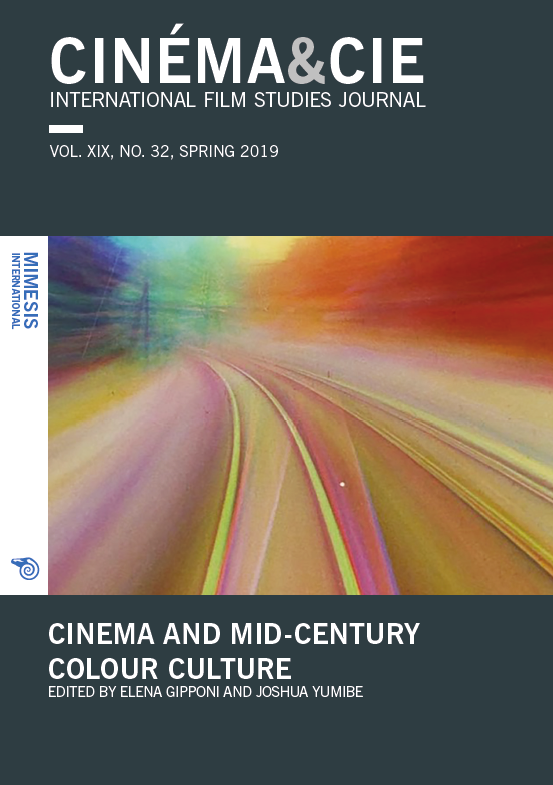Biopolitics of Colour in Mid-Century Italian Visual Culture: Red Desert and the ‘New Techniques of Life’
Abstract
Since the early twentieth century, colour has been used for the purposes of improving health, well-being and safety, optimising productivity, reducing accidents, and minimising fatigue and stress. In the context of these interests, it became highly important to systematically study the reactions that colour could have on a standard subject, in order to manage and regulate the space and time of the experience, from work to leisure, education to treatment. These chromo-technics of regulation can now be studied based on one of the possible meanings of the concept of ‘biopolitics’ as proposed by Michel Foucault. The essay focuses on Italy and particularly the period between 1957 and 1964, when several initiatives dedicated to colour were implemented. These were years of strong national economic growth and increased life expectancy, giving rise to a growing wave of ‘chromophilia’. I aim to highlight several points of convergence between the dissemination of chromo-technics and Red Desert (Il deserto rosso, Michelangelo Antononi, 1964) in order to demonstrate how the film develops a subtle consideration of colour biopolitics at the centre of contemporary visual culture.






